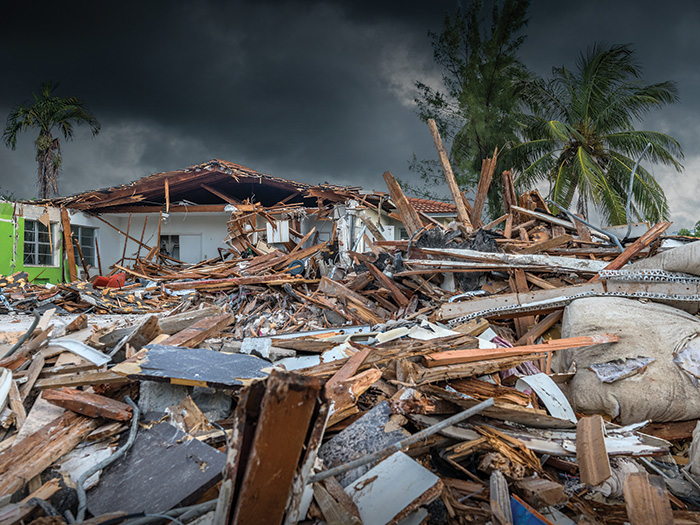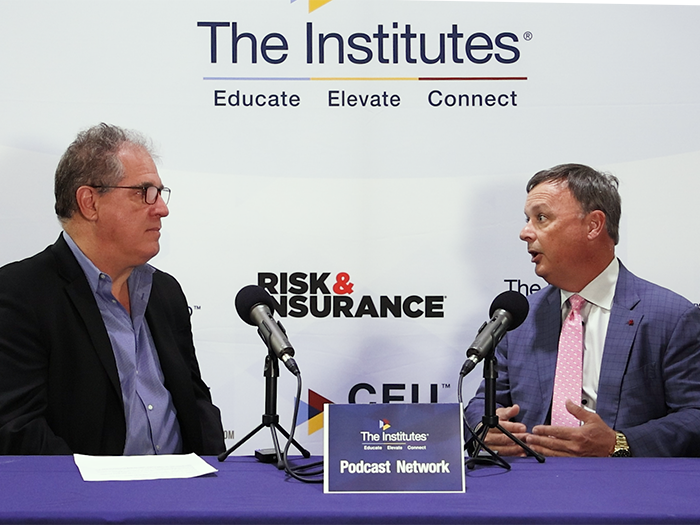Risk Insider: Jack Hampton
Cyber Security: Beware of the Blind Spots
During my time in the military, I was a company commander in charge of trucks that supplied fresh and frozen food to the troops. I lost one of the trucks on a narrow winding road in the mountains in a foreign country when it encountered an oncoming bus filled with innocent civilians.
The 19-year old driver swerved to avoid a collision and went over a cliff. In the memorial service, I praised the unselfish act even as I mourned the loss.
The driver encountered a point of limited vision on the road. Maybe driving too fast. Maybe not. He did not have the life experience to be wary of blind spots. He needed to use extra care.
- Sony had only 11 people assigned to its information security team. Eight were executives or managers. Three were information security analysts.
The telecommunications highway is filled with places where incidents can occur. There are many stretches of straight road where we can drive at full throttle in terms of megabits per second. At times we seem only to be concerned with greater speed and efficiency, but what about the blind spots?
A security check on potential authorized users of a system illustrates the problem. Bradley Manning joined the Army in 2007, passed an FBI security check, and was given a high-level security classification.
Apparently, a shortage of intelligence analysts caused senior officers to ignore signs of psychological instability. The Army gave him access to top secret communications systems and data.
Access to a system should be based on “need to know,” not “need to assist others with clerical tasks.”
Perhaps the most egregious blind spot example involves Sony Corp. The narrative starts in 2011 when George Hotz, nickname Geohot, objected to the fact that Sony did not allow individuals to create their own games on Sony PlayStation.
He cracked the PlayStation codes and shared his findings. Sony sued him and was in turn attacked by the Anonymous hacktivists group. We think that Sony suffered a loss that exceeded $2 billion.
What is the lesson learned? Do not invite angry outsiders to your table.
In 2014, the company announced plans to release a movie depicting the assassination of the North Korean leader, Kim Jong-un. Sony was aware of the anger of a nation with extensive capability to hack sophisticated computer systems.
Three weeks prior to the movie launch, Sony IT personnel met with representatives of a “threat-intelligence” firm to discuss safeguards for its system. Fortune magazine documented Sony’s behavior, which is quite horrible and will not be related here.
A few highlights:
- In 2007 the top information security officer at Sony Pictures said it was a “valid business decision to accept the risk of a security breach” and Sony would not invest “$10 million to avoid a possible $1 million loss.”
- Sony had only 11 people assigned to its information security team. Eight were executives or managers. Three were information security analysts.
For years, senior executives failed to realize the exposure and repeatedly declined to take greater precautions. The company proceeded full speed ahead somewhat oblivious to the blind spots that warn of impending disaster. From all indications, we cannot isolate Sony with this problem.
We need to change our behavior even as we rebuild the information highway.
New Jersey did it in the 1950s with Route 22. This busy stretch of road was the site of numerous head-on collisions. A “Jersey barrier, a low concrete wall dividing two-way traffic, was developed at the Stevens Institute of Technology. The federal government and most states use it today to save lives.
When will we create a successor to the winding and narrow two-lane information thoroughfare that we call the Internet? Until we do, we must pay far more attention to the blind spots.










